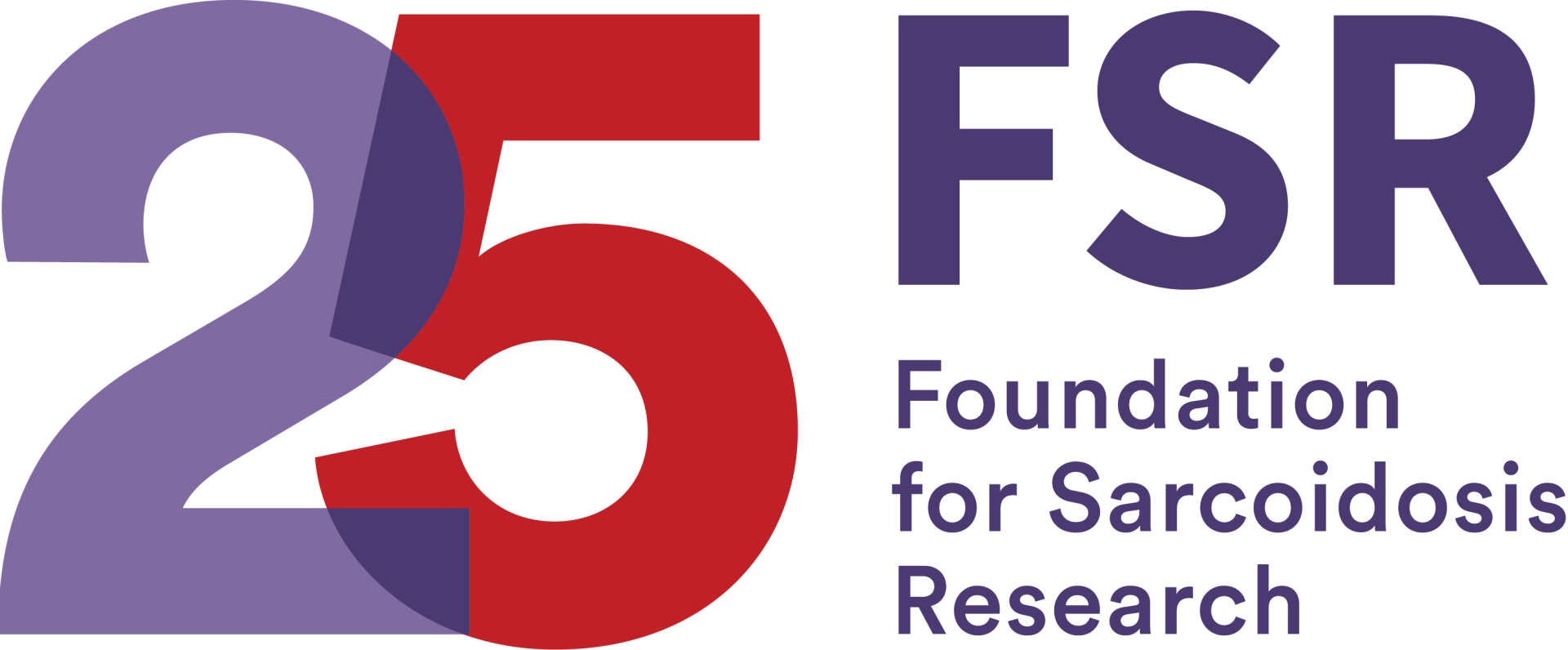A healthy diet is just as important as exercise. Patients should aim to eat a balanced diet with plenty of fruits and vegetables, whole grains, lean meats, and healthy fats. Foods rich in antioxidants are also thought to have anti-inflammatory properties, which could potentially reduce some symptoms. While FSR does not endorse a specific diet plan, some of our physicians have made recommendations that have helped patients lead a healthy lifestyle.
Choose the Right Foods
Sarcoidosis is an auto-inflammatory disorder, meaning that inflammation in the body disrupts the function of affected organs. To reduce symptoms, patients may want to try an anti-inflammatory diet. According to Dr. Rajani Katta, a board-certified dermatologist, sarcoidosis patients can improve their quality of life if they follow three rules when eating:
- Eat Power
- Stop sugar spikes
- Stop skin (and health) sabotage
Prednisone and Weight Loss
Prednisone can have a lot of debilitating side effects, one of which is weight gain. Some people can even develop diabetes if they are on Prednisone for several years. It is difficult to combat the side effects of Prednisone since it is such a powerful steroid. However, there are changes that you can make to your diet that should help counteract the weight gain. Two key ways to fight weight gain while on Prednisone are to maintain a low-sodium diet and eat potassium-rich foods.
Eat Lung and Heart Healthy Foods
Two of the organs most commonly affected by sarcoidosis are the heart and the lungs. While maintaining an anti-inflammatory diet can reduce symptoms, implementing diet choices that specifically target heart and lung health can also be highly beneficial for sarcoidosis patients with involvement in those organs. Following these guidelines for a heart-healthy diet as well as eating foods that are easy to chew and swallow can help reduce symptoms of cardiac and pulmonary sarcoidosis.
